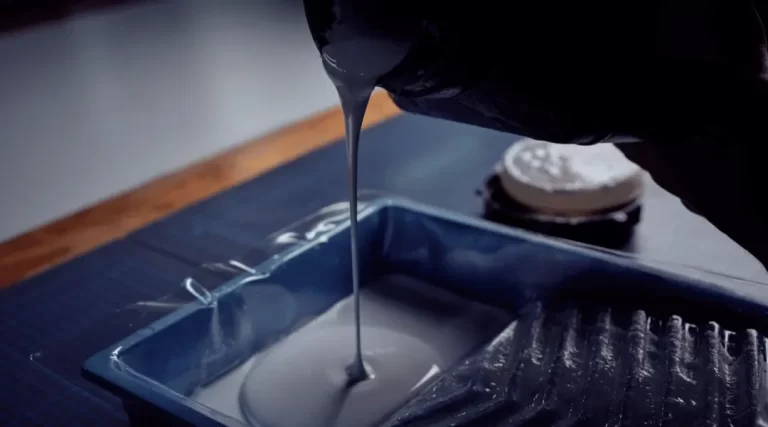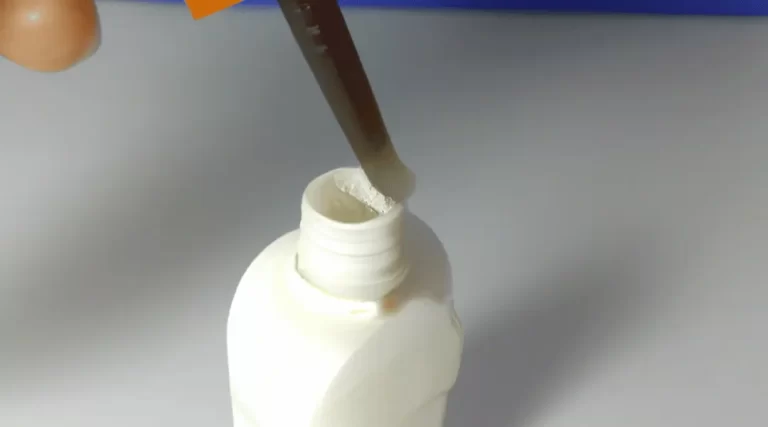Bonding adhesive is a type of glue that is widely used in various industries for its unique ability to bond different materials together. It is a versatile adhesive that can bond materials such as plastics, metals, wood, ceramics, and even glass. Bonding adhesive is designed to create a strong and long-lasting bond that can withstand harsh environmental conditions, making it a popular choice for many applications.
In this article, we will explore the uses, pros, and cons of bonding adhesive. We will also provide tips on how to use bonding adhesive effectively. By the end of this article, you will have a better understanding of bonding adhesive and its role in various industries.
Whether you are a professional in the field or a DIY enthusiast, this article will provide you with valuable insights into the world of bonding adhesive.
Understanding Bonding Adhesive
The present section delves into a comprehensive understanding of the application and properties of a type of material that is commonly utilized in construction, manufacturing, and carpentry.
Bonding adhesive is a type of adhesive that is used to join two surfaces together permanently. It is composed of a chemical compound that is designed to bond two surfaces together by creating a strong, durable bond that is resistant to environmental factors such as heat, moisture, and chemicals.
There are many different types of bonding adhesives available, each with its own unique chemical composition and properties that make it suitable for specific applications. Some types of bonding adhesives are designed to work with specific materials, such as plastic, metal, or wood, while others are more versatile and can be used with a wide range of materials.
The chemical composition of bonding adhesive also varies depending on the type of adhesive being used, but typically includes a polymer such as epoxy, polyurethane, or cyanoacrylate.
In the next section, we will explore the various uses of bonding adhesive in different industries and applications.
Uses of Bonding Adhesive
A diverse range of industries rely on the effectiveness of bonding adhesive applications, which facilitate the joining of two surfaces with a strong, lasting seal. The benefits of bonding adhesive are numerous, including the ability to bond a variety of materials, including plastics, metals, and composites.
Additionally, bonding adhesive is an efficient and cost-effective solution for industrial assembly, as it eliminates the need for screws, bolts, and other mechanical fasteners. Another advantage is that bonding adhesive provides a uniform distribution of stress, reducing the risk of material failure due to stress concentration.
Moreover, bonding adhesive can improve the overall aesthetics of products by eliminating visible fasteners and reducing the need for surface finishing. Overall, the widespread use of bonding adhesive across industries underscores its value and versatility.
Moving on to the pros of bonding adhesive, it is worth noting that this technology offers a variety of advantages over traditional mechanical fastening methods.
Pros of Bonding Adhesive
One cannot deny the inherent superiority of bonding through chemical means over the archaic and flawed approach of relying on mechanical fasteners for industrial assembly.
Bonding adhesives offer numerous advantages over traditional methods of joining materials, including increased strength and durability, improved aesthetics, and reduced weight and cost.
They also allow for the bonding of dissimilar materials, such as plastics, metals, and composites, which would be difficult or impossible to achieve with mechanical fasteners.
In addition, bonding adhesives create a uniform distribution of stress and can absorb shocks and vibrations, leading to improved performance and longevity of the final product.
Overall, the benefits of bonding adhesives make them a highly effective and efficient option for industrial assembly.
However, as with any technology, there are also drawbacks to consider, which will be discussed in the subsequent section.
Cons of Bonding Adhesive
While chemical bonding offers numerous advantages over traditional mechanical fastening, it is important to also consider the limitations and challenges associated with this technology.
One of the major disadvantages of bonding adhesive is that it may not be as effective on certain materials, such as low surface energy plastics or oily surfaces, which can reduce its bonding strength.
Additionally, bonding adhesive requires proper surface preparation, including cleaning and roughening the surface, which can be time-consuming and costly.
Another limitation is that it may not be suitable for high-stress applications or environments with extreme temperatures, as the adhesive can weaken or break down over time.
Furthermore, bonding adhesive may not be as easy to remove or repair once applied, which can be problematic in certain situations.
Despite these disadvantages and limitations, bonding adhesive remains a popular choice for many applications due to its numerous benefits.
Transitioning into the next section on tips for using bonding adhesive, it is important to understand how to properly apply and maintain this technology to maximize its effectiveness.
Tips for Using Bonding Adhesive
To optimize the effectiveness of chemical bonding, it is essential to follow specific guidelines and techniques when using bonding adhesive.
Before application, the surface should be cleaned and free of any debris or contaminants, as this can affect the bonding strength.
It is also important to consider the environment and temperature, as extreme conditions can affect the adhesive’s effectiveness.
When applying the adhesive, it should be spread evenly and thinly, and sufficient pressure should be applied to ensure proper contact between the two surfaces.
If necessary, clamps, weights, or tape can be used to hold the surfaces together while the adhesive cures.
When removing bonding adhesive, it is crucial to use the appropriate solvent and follow the manufacturer’s instructions to avoid damaging the surface.
By following these guidelines, bonding adhesive can be used effectively and efficiently in a variety of applications.
Moving on to the conclusion, it is important to consider both the pros and cons of bonding adhesive when deciding whether it is the right choice for a particular project.
Conclusion
In conclusion, the proper application and consideration of environmental factors are essential for achieving optimal results when utilizing chemical bonding agents.
The benefits of using bonding adhesive are numerous, including increased strength and durability of materials, improved aesthetics, and reduced risk of corrosion.
However, it is important to follow best practices for applying bonding adhesive, such as ensuring proper surface preparation, avoiding excessive moisture, and using the appropriate amount of adhesive.
While bonding adhesive can be a valuable tool in various industries, it is important to weigh the pros and cons and carefully consider its use in each specific application.
Conclusion
Bonding adhesive is a type of adhesive that is used to bond two surfaces together. It is commonly used in construction, automotive, and industrial applications. Bonding adhesive is favored because it creates a strong bond that is resistant to heat, water, and chemicals. However, like all adhesives, bonding adhesive has its pros and cons.
One of the advantages of bonding adhesive is that it creates a strong bond that is resistant to heat, water, and chemicals. This makes it ideal for use in applications where a strong, durable bond is required. In addition, bonding adhesive is easy to use and does not require any special equipment or skills. Another advantage of bonding adhesive is that it can be used on a variety of surfaces, including metal, plastic, and wood.
On the downside, bonding adhesive can be difficult to remove once it has been applied. This can make it difficult to make changes or repairs to the bonded surface. In addition, bonding adhesive can be expensive and may require special storage conditions to maintain its effectiveness. Finally, bonding adhesive may not be suitable for all applications, as it may not be able to bond certain types of materials.
To illustrate, let us consider the hypothetical case of a construction project where bonding adhesive is used to attach metal panels to a concrete foundation. The bonding adhesive creates a strong bond that is resistant to the stresses and strains of the construction process, ensuring that the metal panels remain securely attached to the foundation. However, when it comes time to replace the panels, the bonding adhesive proves difficult to remove, requiring additional time and effort to complete the project.
This example highlights both the benefits and drawbacks of bonding adhesive, and underscores the importance of carefully considering its use in any given application.





